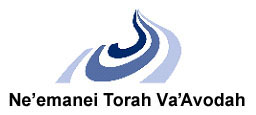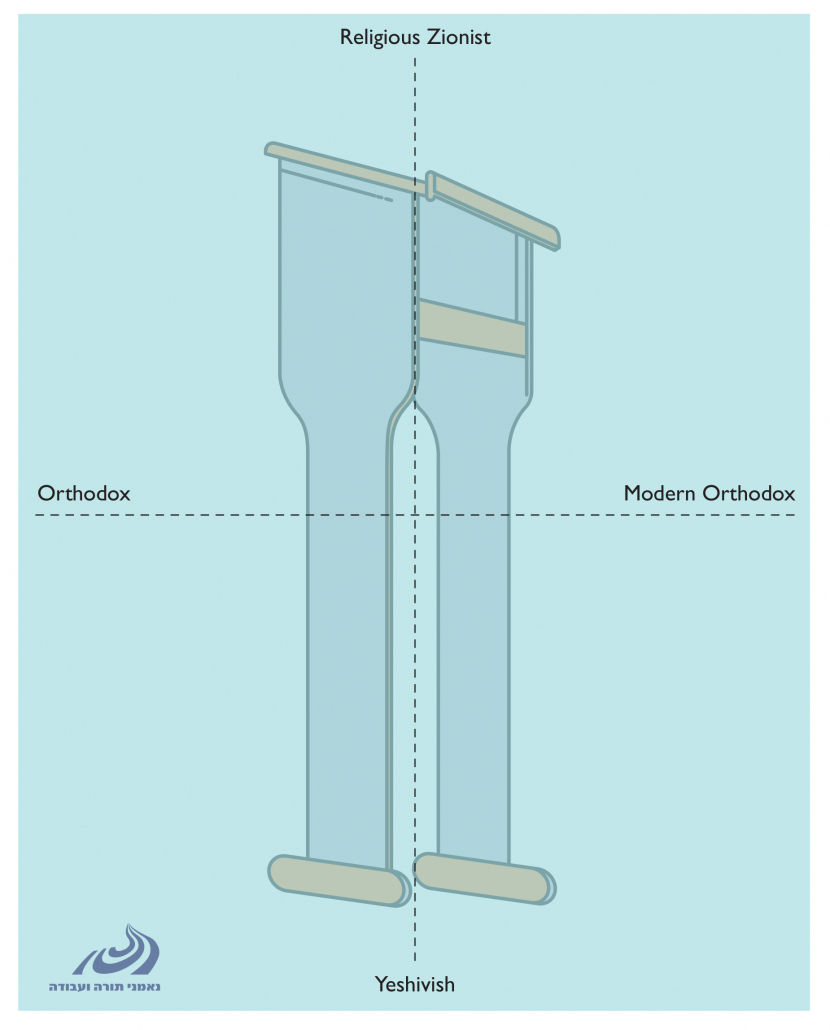The decision as to which yeshiva one studies has great significance and impact on one’s life. Such an important decision needs to be made wisely with real clarification. There are different Yeshivot and Midrashot with different views, and it is important to know what we are looking for in order to find the one that suits us best.Each candidate should prepare a list of questions that are important to him.
We have prepared here a personal questionnaire that will help him/her clarify during whether the Yeshiva/Midrasha is suitable for him/her and to what extent.
The way a High school graduate chooses where he will study in Israel after High school, is a very confusing process for a 17 year old. Teenagers at this age are mostly not aware of their spiritual preferences, the characteristics and significant differences between the different Yeshivot and Midrashot, especially when it comes to issues of hashkafa and religious style.
This guide is not perfect and is insensitive to all the existing emphases, especially when in most of the Yeshivot and Midrashot one can find sometimes a mixture of the different aspects, but it still expresses a significant component of the identity of the various yeshivot and midrashot We will be happy to hear any comments and be enlightened and if necessary we will correct and improve.
We are aware that this map is a generalization and does not bring all components into account. Please feel free to provide any feedback so that we can improve this important guide.
White spots = Yeshivot for boys , Black spots=Midrashot for girls
Red flashing rings= Requires a higher level of learning
Hakotel
Harova
Gush (Har Etzion)
Orot Shaul (Kfar Batya)
Torat Shraga
Netiv Aryeh
Ma’ale Gilboa
Kerem B’Yavne
Birkat Moshe (Ma’ale Adumim)
Michlala
Sha’alvim (Men)
Sha’alvim (Women)
Lev Hatorah
Shapell’s Darchei Noam
Reishit
Derech Etz Chaim
Ohr Somayach
Eretz Hatzvi
Midreshet Lindenbaum (Brovenders)
Nishmat
Midreshet Moriah
Migdal Oz
Ma’alot
Orayta
Mevaseret
Midreshet Amit
Machon Maayan
Darchei Binah
MMY
Keshet Yehuda
Atzmona
Bnei David Eli
Mirdeshet Ein Hanatziv
(Amudim (Modi’in
Otniel
Midreshet TVA
Yeshivat TVA
Midreshet Rachel V’chaya
MTC
Yeshivat Ashreinu
Neve Michael
Drisha
Migdal HaTorah
Midreshet Tehillah
Axis Orthodox-Modern Orthodox
It can generally be said that within the Yeshiva/Midrasha world there is a side that holds a more conservative outlook and a side that holds a more open perception, with the majority of the public somewhere on the continuum. The main issues that are at stake and are expressed in the outlook of the Yeshiva are: The attitude towards Israeli culture, the role of the Rabbi, the attitude toward a mixed society and feminism the combination of academic and Torah studies, etc.
Axis Religious Zionist- Yeshivish
From a sociology perspective, we can distinguish between two main religious views amongst Israeli Society- Religious Zionism and Yeshivish.
Religious Zionism’s main significance is the belief in the State of Israel, meaningful connection to Israeli society and joining the workforce as prioritized components in one’s identity. On the other hand the Yeshivish community identifies with the outlook that sees the study of Torah as first and foremost, and gives less priority to joining the workforce and having a meaningful connection to Israeli society.
On the continuum there are many views that range on different degrees between first priority to little priority.
This guide was made in order to help High School students and their parents make an educated decision regarding where they will study in Israel. In addition to this guide, you can find other helpful guides with more information here:







